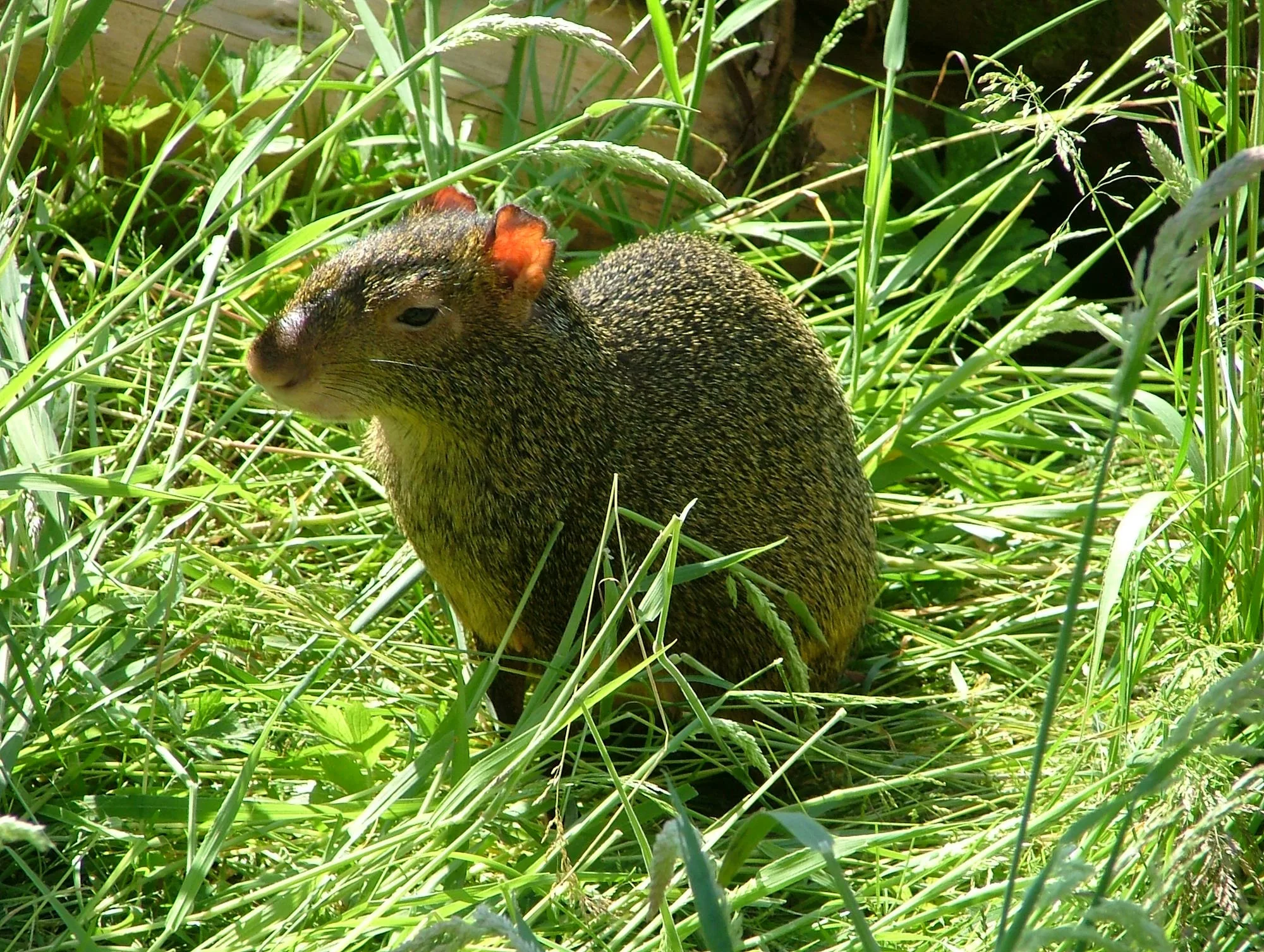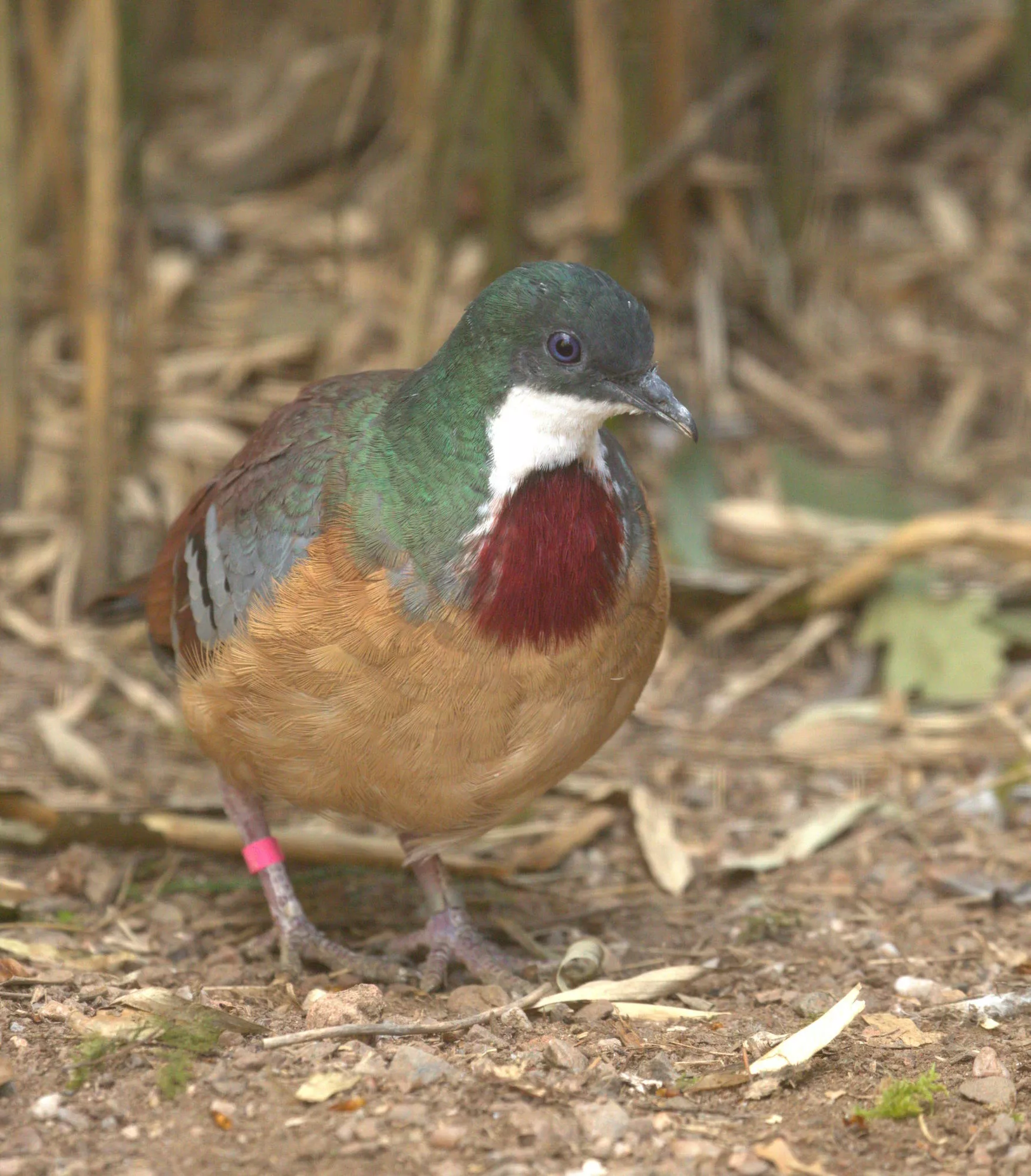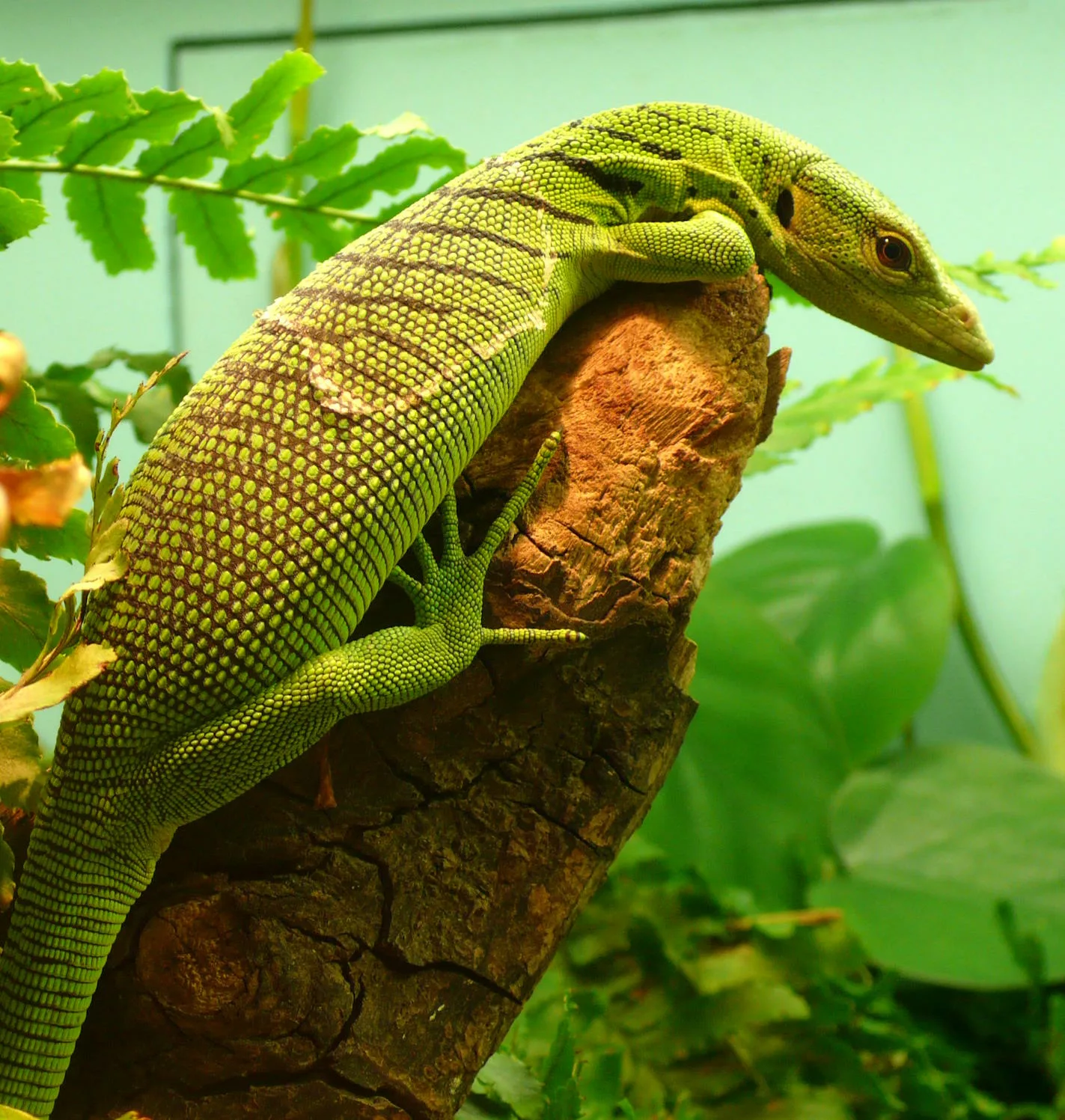
Woylie / Brush-tailed Rat-kangaroo
Scientific name: Bettongia penicillata
IUCN listed as: Critically Endangered
Learn before you visit!
Here are some facts about the species – Discover what they eat, find out about their natural habitat, see what they like to do, and more… Set the reading style to suit you too, everyday speak or something aimed towards children.
Child-friendly
Everyday
Diet
Woylies are herbivores, primarily feeding on a variety of plants, roots, tubers, and fungi found in their habitat. They use their strong claws to dig for underground food sources and are known to consume a wide range of vegetation to meet their nutritional needs.
Woylies eat plants like roots and fungi that they dig up using their strong claws. They like munching on lots of different plants to stay healthy and strong.
Breeding
Female Woylies have a unique reproductive strategy where they give birth to very underdeveloped young, called joeys, which then crawl into the mother’s pouch to continue developing. The pouch serves as a safe environment for the joeys to grow and nurse until they are ready to venture out on their own.
Mum Woylies have babies that are very tiny and underdeveloped. These babies crawl into mum’s pouch to grow and get strong before exploring on their own.
Habitat
Woylies are native to Australia and prefer habitats with dense vegetation and shrublands, where they can find ample food and shelter. They are nocturnal animals, meaning they are most active during the night, foraging for food and moving around their habitat. Woylies create nests or use burrows during the day to rest and hide from predators.
Woylies live in Australia in places with lots of bushes and plants. They’re most active at night when they look for food and move around. During the day, they rest in nests or burrows to stay safe.
At the zoo
In zoos, Woylies are housed in specially designed enclosures that mimic their natural woodland habitat. They are provided with a diet similar to what they would eat in the wild, consisting of fresh fruits, vegetables, and specially formulated pellets. Zookeepers also create enriching environments with tunnels and hiding spots to stimulate their natural behaviours.
In zoos, Woylies live in homes that look like their forest homes. They get yummy food like fruits and veggies, just like they find in the wild. Zookeepers also give them tunnels and hiding spots to play and feel safe.
Behaviour
Woylies are known for their agility and speed, using their long tail for balance while hopping and climbing through their habitat. They are social animals, often living in small family groups and communicating through a range of vocalizations and body language. When threatened, they can quickly retreat to safety or use their sharp claws and teeth for defence.
Woylies are quick and good at jumping, using their long tails to balance. They like being with their family and talk to each other using noises and how they move. If they feel scared, they run away fast or use their sharp claws and teeth to stay safe.
Fun facts
- Pouch Pals: Woylies carry their babies in their pouches, just like kangaroos.
- Night Navigators: They’re busy at night, looking for food and exploring their homes.
- Plant Munchers: Woylies eat lots of plants, digging up roots and finding fungi to snack on.
- Family Friends: They like living in small groups with their family, chatting and playing together.
- Jumping Juniors: These little animals are great at jumping and climbing around their homes.
- Pouch Pals: Woylies carry their babies in their pouches, just like kangaroos do.
- Night-time Explorers: They’re busy at night, looking for food and exploring their homes.
- Plant Eaters: Woylies eat lots of plants, digging up roots and finding fungi to snack on.
- Family Fans: They like living in small groups with their family, talking and playing together.
- Jumping Experts: These little animals are great at jumping and climbing around their homes.
More animals to discover at our zoo
Quick Links
Tickets & Prices
You can buy tickets for Exmoor Zoo securely online, as well as finding out more price options, discover offers, and more…
What’s on…
Exmoor Zoo hosts incredible Events all through the year. You can find out about what we’ve got in store here…
Routes & info
Like any great discovery, Exmoor Zoo can feel a little off the beaten path – but don’t worry – you can plan your journey with our recommended routes and other useful travel info.



























